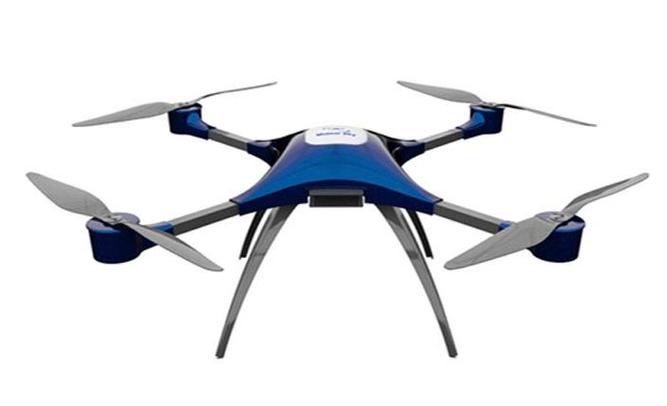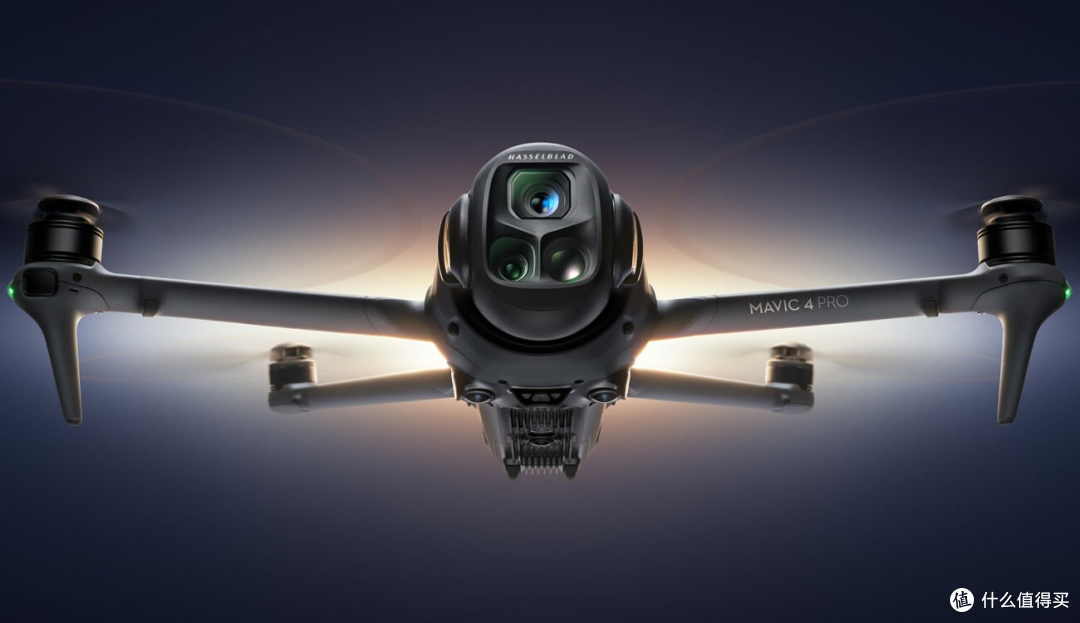Exploring the Dynamics of Drone Infrared Camera Technology
The advent of drone infrared camera technology has catapulted surveillance capabilities to unprecedented heights. These devices offer unique advantages in various fields such as wildlife monitoring, security enforcement, and even agricultural assessments. Understanding the science behind infrared cameras and drones can greatly enhance how we leverage their potential.
Understanding the Basics: What is Infrared Technology?
Infrared technology operates by detecting heat emanating from objects rather than visible light. This allows infrared cameras to capture images and video in low-light conditions where traditional cameras might fail. The integration of this technology into drones means surveillance can be conducted efficiently even during the night.

Key Applications of Drone Infrared Camera Technology
In agriculture, these cameras are used to monitor crop health by detecting variations in temperature that may indicate disease or water stress. Law enforcement agencies utilize drones equipped with infrared cameras to conduct search and rescue operations, identifying lost individuals or fugitives based purely on their body heat.
Advantages Over Traditional Surveillance Methods
Drones equipped with infrared cameras offer real-time data collection and analysis capabilities. They provide higher efficiency levels by covering large geographical areas without the constraints that ground-based surveillance methods face. Moreover, remote access allows operators to monitor conditions from afar, reducing potential risks to personnel.
Evaluating Cost and Accessibility
Though initially costly due to the advanced technology utilized, infrared drone cameras are becoming increasingly accessible as demand rises and technology evolves. Companies and individuals can now find different models that fit varying budgets while still benefiting from enhanced surveillance.
Safety and Privacy Concerns
The deployment of drone infrared cameras also raises questions about privacy. The ability of drones to capture detailed thermal images may potentially infringe on personal privacy if used irresponsibly. It’s essential for operators to understand regulatory parameters and ensure ethical practices.
Future Prospects and Innovations
The future of drone infrared cameras promises even greater advancements. With increased AI integration, these devices will have enhanced autonomous operation features, allowing for smarter decision-making without human intervention. Innovations in thermal imaging technologies will likely expand their application scope further.
FAQs

Can infrared cameras on drones see through walls?
No, infrared cameras cannot see through walls. They detect heat on surfaces but cannot penetrate solid objects like walls.
How effective are drone infrared cameras at night?
Drone infrared cameras are highly effective at night since they rely on thermal rather than visible light imagery, providing clear surveillance even in complete darkness.
Are there restrictions on using infrared cameras with drones?
Yes, there are often regulations governing drone use, especially concerning privacy and airspace. It’s important to understand and comply with local laws before deploying drone infrared cameras.